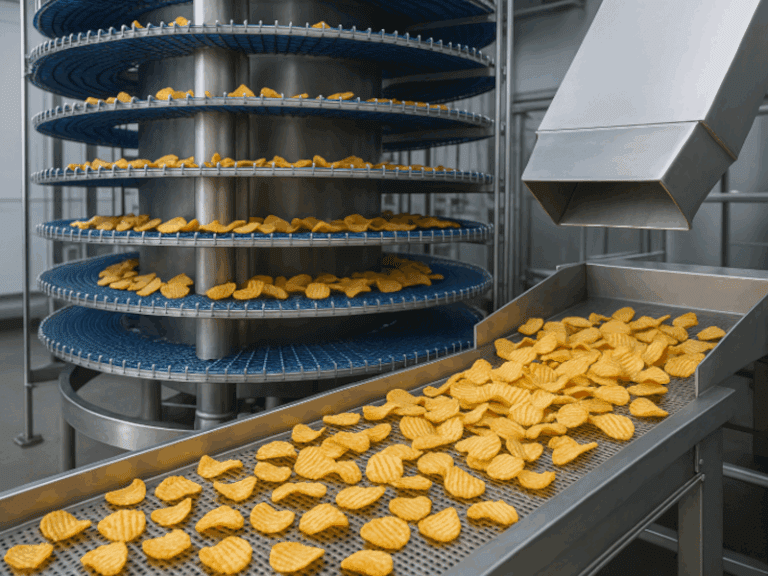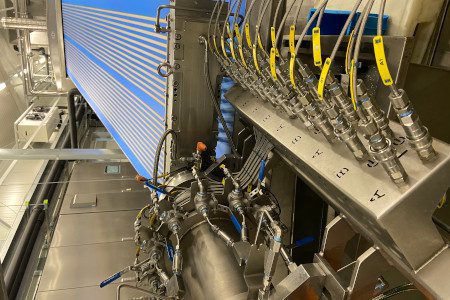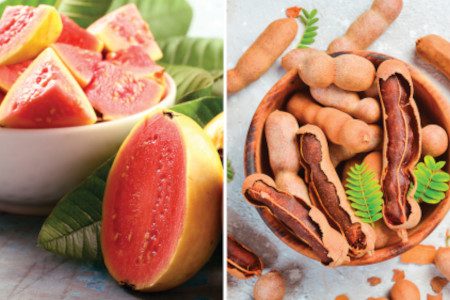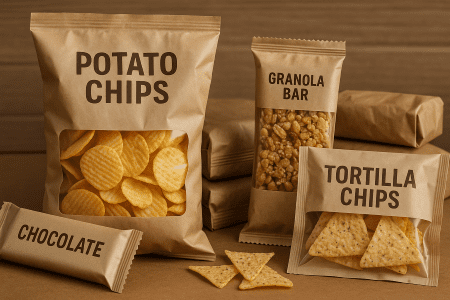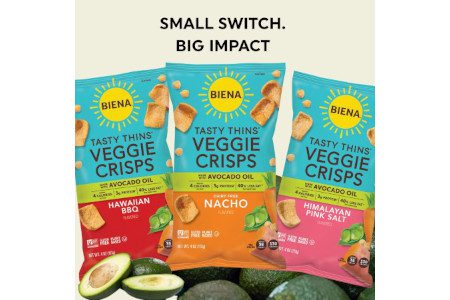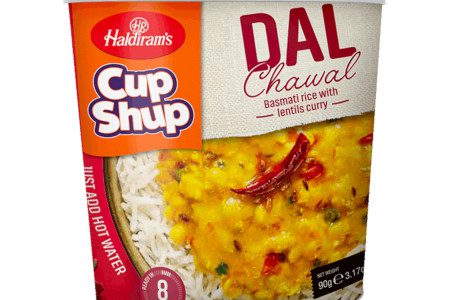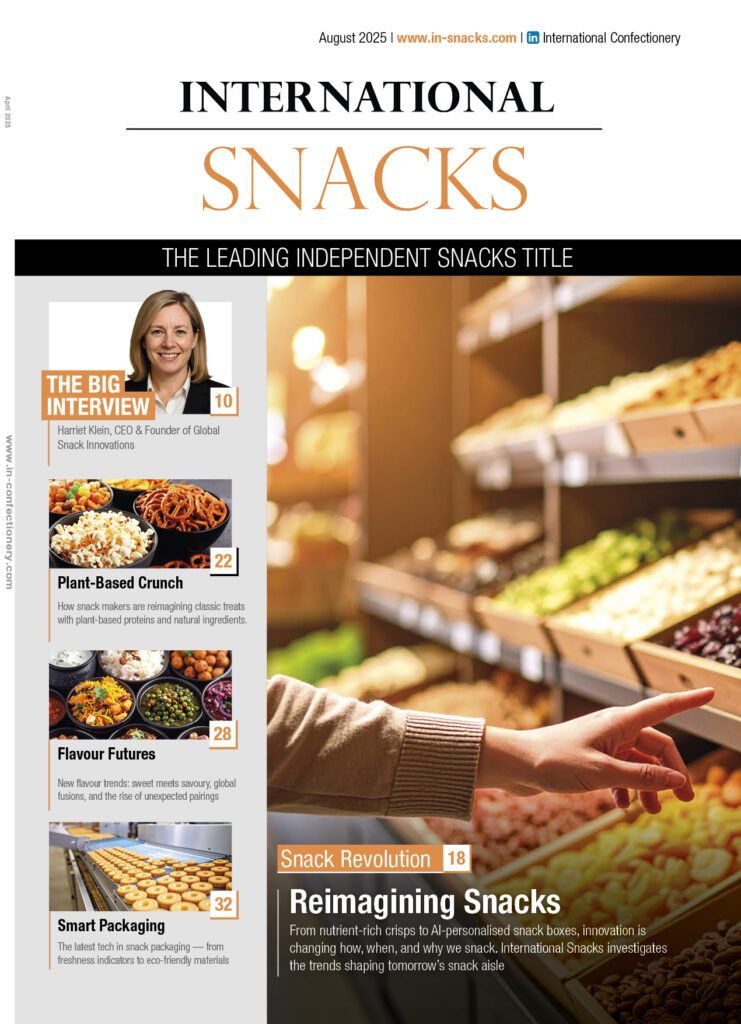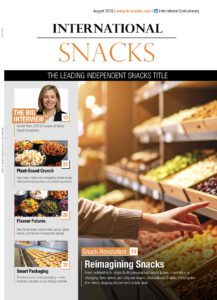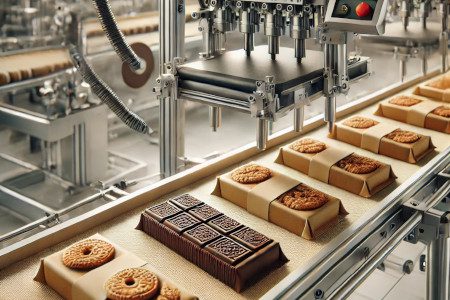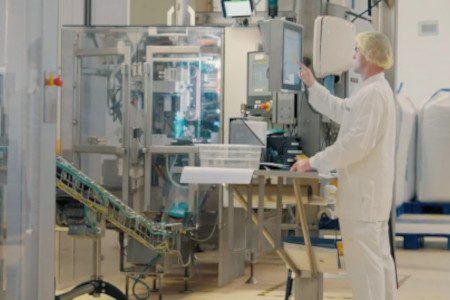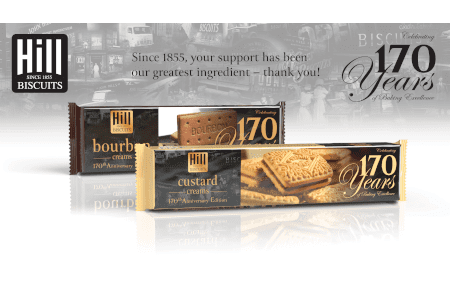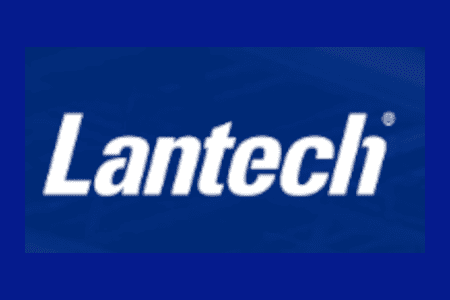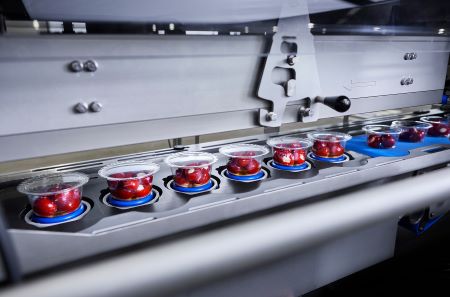As snack brands navigate the challenges of sustainability, performance, and efficiency, flexible packaging remains at the heart of industry innovation, explains International Snacks Editor Joseph Clarke
Flexible packaging has emerged as a cornerstone of the modern snack industry. Its lightweight structure, efficient material usage, and excellent barrier properties have made it the go-to solution for a wide variety of snack formats, including chips, crackers, protein bars, and trail mixes. As the demand for portable, convenient, and longer-lasting snack products continues to rise, flexible packaging offers brands an ideal balance between form and function.
Yet, this evolution presents manufacturers with a set of complex challenges. Snack producers must ensure that flexible packaging maintains product freshness and integrity, supports sustainability targets, and aligns with rapid production demands. Simultaneously, increasing automation, shifting regulatory frameworks, and heightened consumer expectations are reshaping packaging development at every stage.
Navigating Key Challenges in Snack Packaging
Despite its widespread adoption, flexible packaging in the snack sector faces several critical hurdles. Environmental concerns, regulatory pressure, performance reliability, and production compatibility are at the forefront of the packaging conversation. Striking the right balance between eco-friendly design, operational efficiency, and maintaining the sensory qualities of snacks is a delicate task.
One of the primary challenges is sustainability. Many traditional flexible films are composed of multiple layers that deliver necessary protective functions—such as moisture, grease, and oxygen barriers—but are difficult to recycle. These laminated materials, while effective for preserving crispy textures and preventing spoilage, present complications for recyclability. As retailers and regulators push for a circular economy, snack brands are increasingly exploring recyclable mono-material films and compostable options. However, these alternatives can struggle to match the durability and barrier performance required to maintain product quality, particularly for snacks prone to staleness or oil migration.
At the same time, barrier performance remains essential. Many snack items—especially baked or fried products—are highly sensitive to air, light, and moisture. Flexible packaging must shield these products to preserve crunch, flavour, and shelf life. Inadequate protection not only compromises quality but also contributes to food waste, undermining broader sustainability goals. While recyclable or biodegradable films show promise, their effectiveness can vary significantly, requiring snack producers to make careful choices—and often significant investments—in research and testing.
The Impact of Regulation and Automation
Regulatory developments are accelerating change in the packaging industry. Legislation such as the European Union’s Packaging and Packaging Waste Directive is pushing snack manufacturers to reduce material usage, improve recyclability, and document compliance more rigorously. These evolving standards require packaging solutions that are not only effective but also verifiably sustainable. For many companies, this means overhauling material sourcing, investing in new equipment, and reevaluating packaging lines—all while managing cost pressures.
Automation adds another layer of complexity. As snack manufacturers scale up production to meet global demand, packaging lines must operate at high speeds with minimal human intervention. Flexible packaging materials must be compatible with automated systems to ensure efficient sealing, filling, and labelling. Sustainable films often behave differently from conventional plastics, potentially requiring recalibration of sealing temperatures, tension controls, and handling mechanisms. Transitioning to these new materials without sacrificing productivity is a key priority—and a substantial challenge—for the snack industry.
Driving Consumer Engagement through Packaging Innovation
Packaging plays a pivotal role in how snacks are perceived and purchased. Beyond functionality, it acts as a brand’s first touchpoint with consumers—especially in impulse-driven snack categories. Eye-catching designs, clear nutrition labelling, and interactive features such as QR codes or AR-enabled content are increasingly used to capture shopper attention and build loyalty.
However, these marketing enhancements must be balanced with sustainability and production considerations. High-quality printing and special finishes, for example, may reduce recyclability or require complex lamination. Brands must weigh the benefits of visual appeal and interactivity against the need for cost-effective and eco-conscious packaging. In the competitive snack sector, where shelf differentiation is critical, aligning aesthetics with environmental responsibility is a strategic imperative.
A Path Forward for Flexible Packaging in Snacks
The future of flexible packaging in the snack industry hinges on integrated innovation—where sustainability, performance, and efficiency go hand in hand. Manufacturers are beginning to embrace next-generation materials, modular packaging equipment, and digital tools to create adaptive, compliant, and appealing packaging solutions.
By investing in mono-materials that maintain product freshness, integrating smart packaging with automation-friendly design, and remaining responsive to both consumer and legislative demands, snack producers can turn packaging challenges into opportunities for leadership. As the sector continues to evolve, flexible packaging will remain a powerful enabler of growth, enabling snack brands to deliver convenience, quality, and conscience in equal measure.

